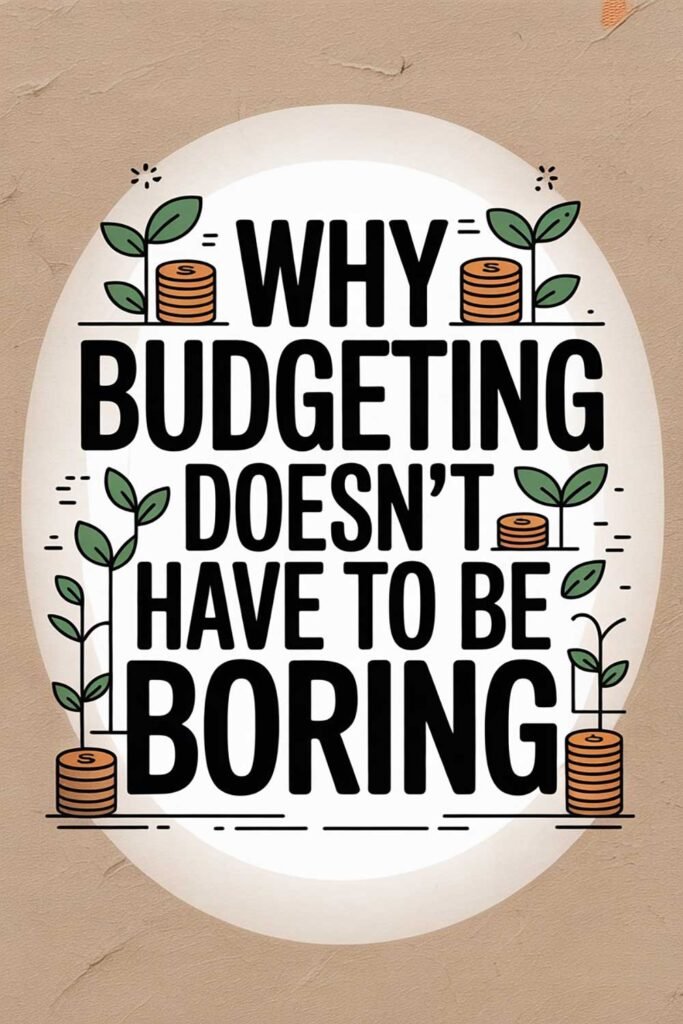How to Use Sinking Funds to Prepare for Future Expenses
Budgeting is a powerful tool for gaining control of your money, but even the most organized budgets can fall apart when unexpected or irregular expenses pop up. That’s where sinking funds come in. Sinking funds are your secret weapon for planning ahead, avoiding debt, and reducing financial stress.
In this article, we’ll break down exactly what sinking funds are, how to use them, and how real people are using this simple method to stay ahead of life’s inevitable costs.
What Is a Sinking Fund?
A sinking fund is a strategic way to save money in advance for a specific, known expense that’s coming up in the future. Instead of scrambling or using credit cards when that bill arrives, you set aside small amounts consistently over time.
Examples of expenses you can use sinking funds for:
- Annual car insurance or registration
- Holiday gifts
- Medical co-pays or dental work
- Vacations
- Home repairs
- School supplies or tuition
- Pet expenses
How Sinking Funds Work
Let’s say you know your car insurance premium is $1,200 annually. Instead of paying it in one painful lump sum, you create a sinking fund and save $100 each month. By the time the bill is due, the money is already there.
You can use:
- Envelopes (cash method)
- Separate bank accounts or sub-savings accounts
- A spreadsheet or budgeting app like YNAB or EveryDollar
The key is intentional saving that aligns with your real-life expenses.
Real-Life Example: Jessica’s Holiday Budget
Jessica used to dread December. She often relied on credit cards to pay for gifts, travel, and decorations. One year, she started a holiday sinking fund in January, putting away $50/month. When December rolled around, she had $600 saved and enjoyed a debt-free, stress-free holiday for the first time.
Benefits of Sinking Funds
- Prevents debt by eliminating surprise expenses
- Reduces financial stress because you’re always prepared
- Improves budgeting accuracy by accounting for irregular costs
- Encourages mindful spending with clear goals
How to Set Up a Sinking Fund
Step 1: Identify Irregular or Upcoming Expenses
Think about:
- Annual subscriptions
- Back-to-school shopping
- Birthday parties
- Car maintenance
- Vet bills
Review your last 6–12 months of spending to find patterns.
Step 2: Set a Target Amount and Deadline
Figure out how much you’ll need and when you’ll need it. Then divide that amount by the number of months (or weeks) until the due date.
Example: $600 for Christmas / 12 months = $50/month
Step 3: Create a Tracking System
You can use:
- A dedicated notebook or planner
- A sinking funds printable
- A spreadsheet with each fund listed
- Budgeting apps with fund categories
Track your progress regularly and adjust if needed.
Step 4: Automate and Prioritize
Set up auto-transfers to savings accounts or allocate cash envelopes each payday. Treat it like a bill that must be paid.
Start with your highest priority funds—the ones that would hurt most if you didn’t have the money when needed.
Popular Sinking Fund Categories
Here are common categories people use to stay prepared:
- Emergency fund supplement (unexpected dental or vet bills)
- Home maintenance (roof, AC repair, plumbing)
- Car maintenance (oil changes, tires, registration)
- Medical expenses (deductibles, glasses, copays)
- Holidays & gifts (birthdays, Christmas, anniversaries)
- Back-to-school (supplies, clothes, fees)
- Travel (flights, lodging, spending money)
- Annual memberships (Amazon Prime, Costco, software)
Real-Life Example: Mark’s Car Fund
Mark had a 10-year-old car that needed frequent repairs. After one too many emergency visits to the mechanic, he created a car maintenance sinking fund. He set aside $75 a month, and within a year, he had enough to cover both repairs and a down payment on a newer vehicle.
Tips for Making Sinking Funds Work
- Keep your funds separate to avoid accidental spending
- Review and update your fund goals quarterly
- Celebrate when you reach your savings goals
- Use visuals like charts or trackers to stay motivated
- Add buffer room for price increases or unexpected additions
Real-Life Example: Ana’s School Expenses Fund
Ana has three kids. Every August used to bring chaos and overspending. Now, she contributes $60/month to a back-to-school fund starting in January. She hits her $720 goal by August and shops sales with cash in hand, stress-free.
20 Quotes About Planning, Saving, and Sinking Funds
- “A budget is telling your money where to go instead of wondering where it went.” – Dave Ramsey
- “The key to financial freedom is planning ahead.”
- “Sinking funds turn big expenses into small habits.”
- “Save money, and money will save you.”
- “Every dollar you save has a job. Give it one.”
- “Prepare today for peace of mind tomorrow.”
- “Don’t let surprise expenses ruin your progress.”
- “Your future self will thank you for saving now.”
- “The best time to save for an expense is before it happens.”
- “Small savings done consistently beat large one-time efforts.”
- “Discipline today equals freedom tomorrow.”
- “Your budget should reflect your life’s reality, not just your routine bills.”
- “Saving with purpose makes every dollar more powerful.”
- “You can’t control everything, but you can control your preparedness.”
- “A sinking fund is a life preserver in a sea of expenses.”
- “Save a little now, stress a lot less later.”
- “Being proactive with your money beats being reactive every time.”
- “There’s no such thing as an unexpected expense—just unplanned ones.”
- “Make your money behave with intentional saving.”
- “Financial peace starts with planning ahead.”
Picture This
Imagine getting your car insurance renewal notice in the mail. But instead of dreading it, you smile. You already have the full amount saved in your sinking fund. No scrambling. No panic. Just peace.
Now picture planning your dream vacation with cash you’ve saved over the past year—no credit card hangover, just anticipation and freedom. You’re calm, in control, and finally ahead of the game. That’s the power of sinking funds.
Share This Article
If this article helped you understand sinking funds and how they can change your financial life, please share it with someone who needs a smarter way to save!
Disclaimer
This article is based on personal experience and general financial strategies. It is not financial advice. Results may vary. Please consult a financial advisor before making decisions about saving, budgeting, or investing.






